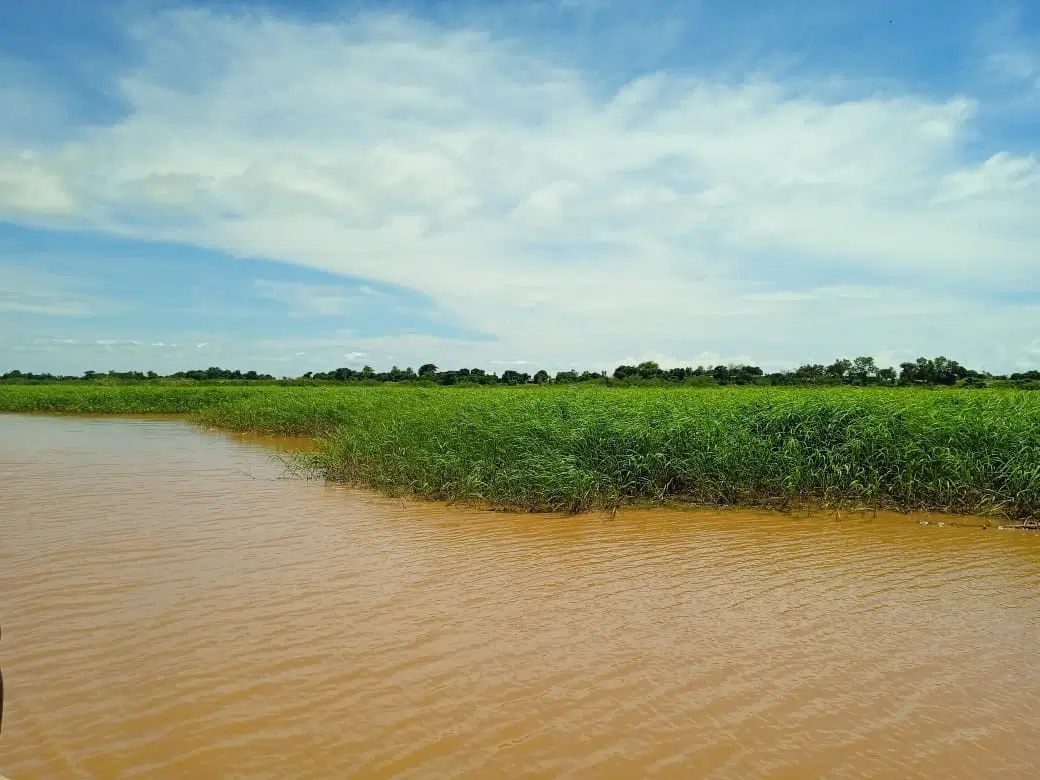Species on the brink: saving the Endangered Taita birds of Kenya

Across the expansive Taita Plains in South Eastern Kenya rise majestic densely-forested hilly outcrops straddling the skyline near the historic town of Voi. These hilly outcrops, famously known as the Taita Hills, occupy an area of about 250 square kilometers.
By Lewis Kihumba
In addition to being an Important Bird & Biodiversity Area and water catchment, the densely-forested hills form an important ecosystem consisting of a number of forests, home to various animals and rare bird species. These include the Taita White-eye Zosterops silvanus (Endangered), Taita Thrush Turdus helleri and Taita Apalis Apalis fuscigularis (both Critically Endangered). The Taita Apalis is one of the rarest birds in the world, with only 150 individuals remaining in the wild.
Contributing to the decline of these endangered bird species is severe habitat loss as a result of human activities. Expanding human settlement has adversely affected the forests and bushes where the birds live. “Over the years, Taita Hills’s forested areas have fragmented with about 98% of the original forest being destroyed. This severe habitat loss has put enormous pressure on these endangered birds,” notes Kariuki Ndang’ang’a, Head of Conservation at BirdLife Africa.
Over the years, Taita Hills’s forested areas have fragmented with about 98% of the original forest being destroyed. This severe habitat loss has put enormous pressure on these endangered birdsPaul Kariuki Ndang’ang’a Ag. Regional Director for Africa

A Glimmer of Hope
As the fate of these endangered bird species hangs by a thread, a project by Nature Kenya (BirdLife Partner), the Royal Society for the Protection of Birds (RSPB – BirdLife in the UK) and National Museums of Kenya, in collaboration with local communities, seeks to give the Taita Apalis and Taita Thrush a lifeline. Key to this is the restoration of degraded habits through a unique science-driven approach that uses research to understand factors influencing the population of Taita Apalis and Taita Thrush. The project then integrates a multi-faceted conservation approach that combines a variety of habitat restoration methods, land-leasing or purchase and advocacy.So far, the project has recorded considerable success, securing a 25-year land lease and the purchase of 9.25 hectares (ha) of land to provide habitat for 20 pairs of the Taita Apalis. High land prices and unwillingness by some land owners to sell are some of the challenges that the project faces as it aims at purchasing an additional 21 hectares to expand these habitats.

“Increasing the area to provide ideal habitats for these birds is an important aspect of this project. This is being done in collaboration with the local communities. Through this, communities are imparted with forestation skills and have a sense of ownership, which enables them play an active role in conservation, “adds Ndang’ang’a.
Cost-effective habitat restoration techniques across eight hectares have shown impressive results, leading to the quick recovery of natural vegetation – ideal for the species. It is envisaged that this restoration efforts will be scaled up in the long term, thus giving the Taita birds a lifeline, while providing climate change mitigation to local communities.


